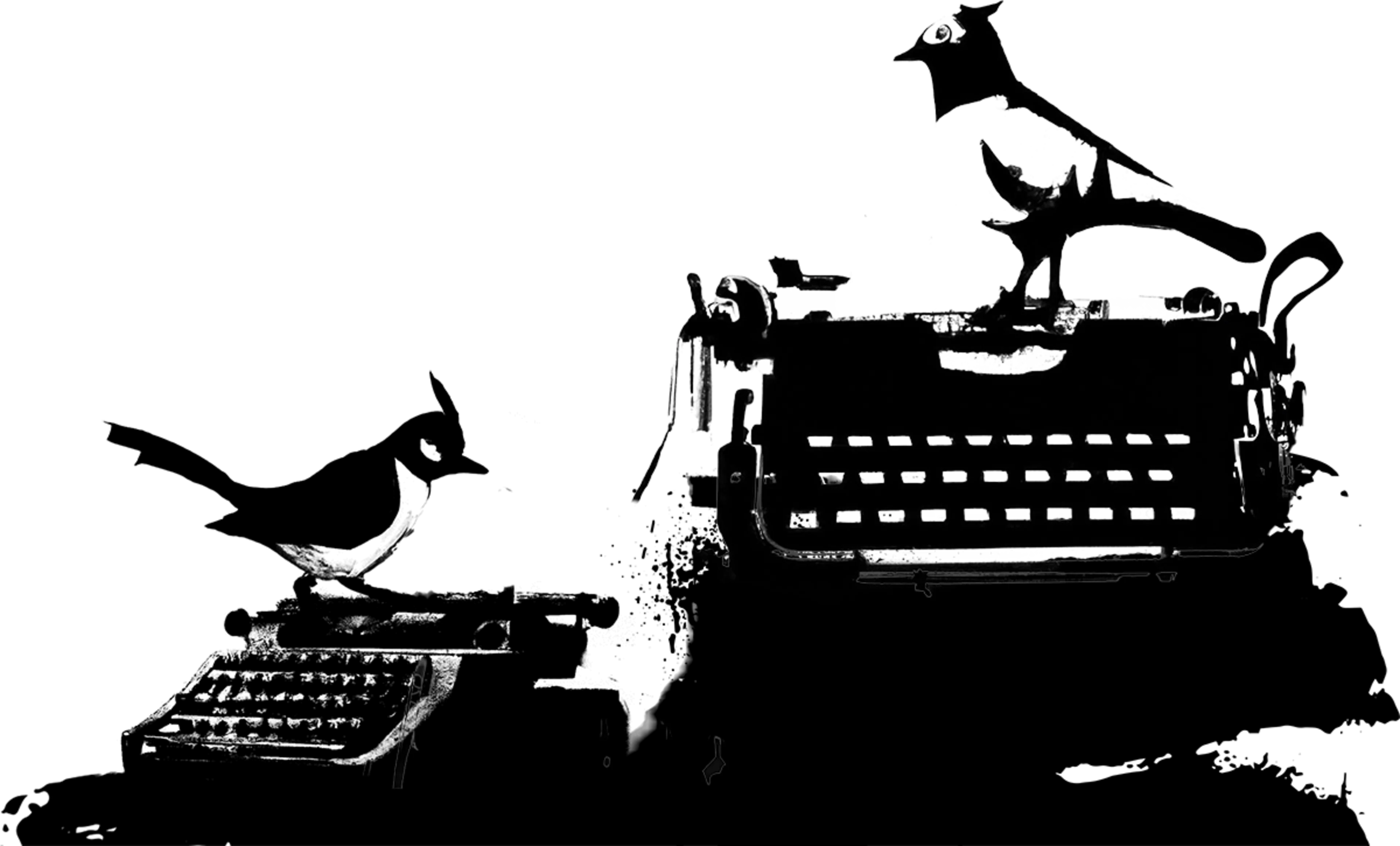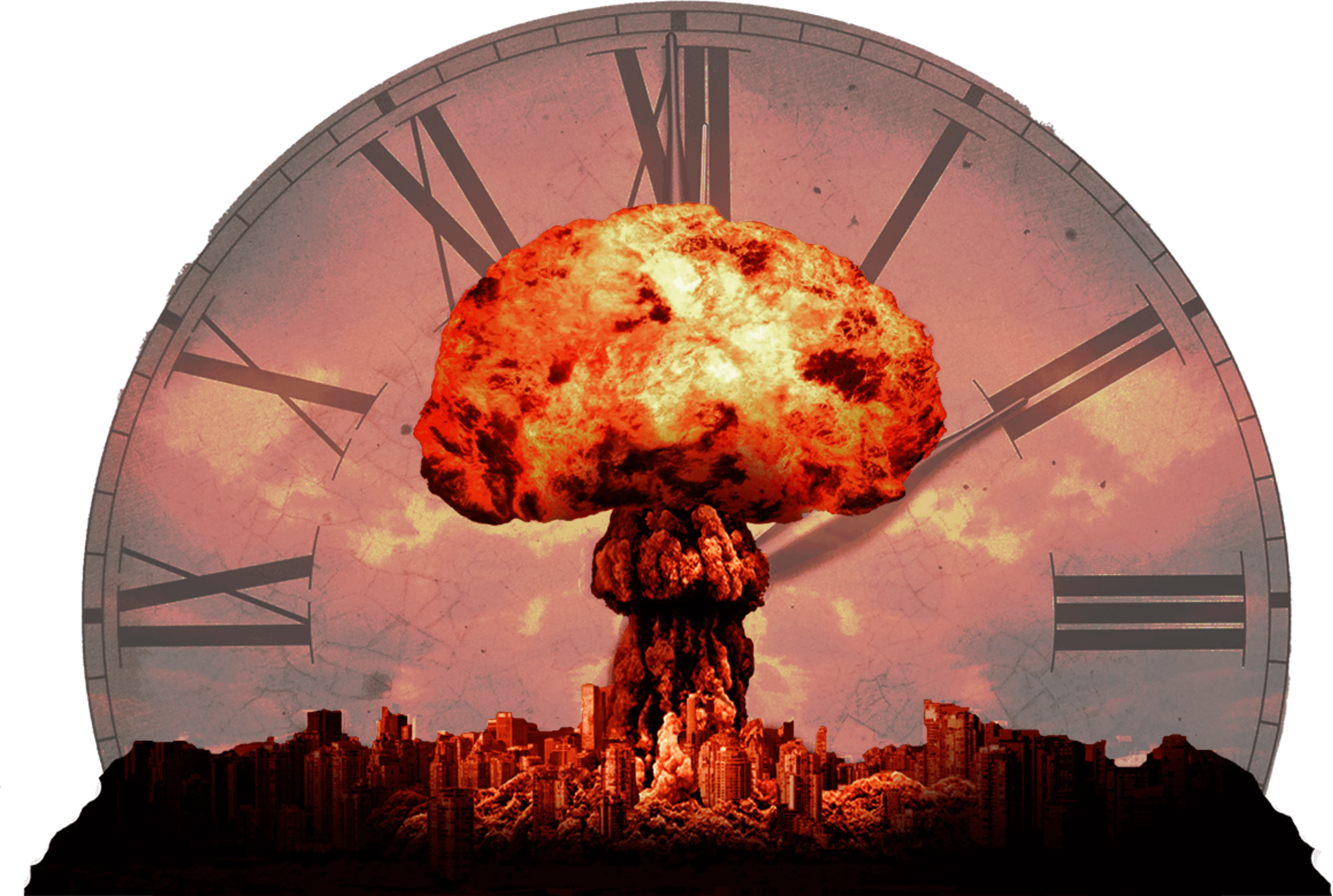Every day, our phones greet us with apocalyptic news. Wildfires spreading around Australia, island nations sinking due to rising water levels, summer heat climbing up to the point of being unbearable. Wars and tensions between great powers have risen to levels that were unimaginable since the end of the Cold War, with extremism unveiling itself in public before our very own eyes. You read so many stories about natural disasters, political dysfunctions, and overall malaise that you either feel powerless to change it for the better or you reach the point of desensitisation. You might eventually ask yourself, after reading through so many articles about the chaos which roams around our planet, “how much did the doomsday clock move forward?”
“We have moved the clock forward the closest it has ever been. It is now 90 seconds to midnight.” The Doomsday Clock ticked up by 10 seconds, three years after their most recent update, with the war in Ukraine as the significant reason behind it. As many have tried to use the incident to rally behind the need for action, others have already used it for propaganda. Putin’s spokesman Dmitry Peskov responded to the Doomsday clock update with not only the usual voice of concern, but also blamed NATO and the US for not being interested in de-escalating the conflict despite the Kremlin’s decision to invade Ukraine.
The rise of ‘fake news’ from Trump’s presidency, the realisation of how disastrous Brexit is, and the growing popularity of populism shows how easy it is to be misled on the prospect of charisma. As we grapple with the severity of our time, many start to ask one question. How often has the clock moved back?
The clock has moved back a total of eight times - and 17 times forward at the time of writing. As the younger generation feels overwhelmed at what they will soon inherit; political extremism continues to take root, and weapons of mass destruction are continually developed by bad-faith politicians in different countries, sounding the alarm may not always get everyone’s attention. If anything, you might get so much bad news that you just accept it as it is. You are paralysed, seeing the world as a fly trap waiting to eat you up. After all, what point is there to fix something that is broken beyond repair?
Conceived in 1947 after the public was made aware of the destructive potential of atomic weapons, the Doomsday Clock serves as a warning for how our civilisation could set itself back in the event of a nuclear exchange. Having changed position throughout its history to reflect geopolitical or global threats, since 2007 the clock has further included environmental dangers to assess how close we are to our own self-annihilation.
More news alerts flash about sinking islands, or bombastic wildfires, which shifts the clock closer to midnight. It’s certainly urgent news, but there are so many countries who are pulling their weight on reducing their carbon footprints that we never really hear about. It seems hopeless to try your best when other nations are emitting more into the atmosphere than others by the hundreds. Without any recognition, how will other countries or individuals follow the path to reduce the effects of climate change? For example, Tokyo’s city government and architects have made a thorough plan on cutting its carbon footprint by half in 2030 and be completely free of it by 2050. Yet, the Bulletin covers little of nations or communities that set out to be exemplary models in combating the shifting environment.
What about the methods agreed to, to help with arms control? Can we learn enough from the past to realise that events were even more sensitive? What about the Cuban Missile Crisis, the closest we’ve been to nuclear war, when the clock was set at seven minutes to midnight? If things were so bad back then that all it took was one disobedient action to end the nuclear tension, then why didn’t the Bulletin update its clock to show how fragile our relations were? What about the environment before 2007? If it’s now a critical part of the methodology, then why do we include that now rather than in the 1990s when climate change was starting to get noticed as a serious threat? That’s the kind of question many sceptics would ask of the Doomsday Clock.
Worst of all, the objective stance of the Bulletin hinders the impact of the Doomsday Clock. While neutrality is useful in engaging others at first thanks to the prospect of good faith, there is only so much that you could tolerate from certain figures. If the likes of politicians like Putin or companies like Shell change little to nothing in combating the crises of our time, you need to call them out for putting us all on the brink of extinction.
Many of Putin’s speeches over the course of the invasion of Ukraine are withering away the nuclear taboo. Donald Trump’s own rhetoric pushed towards ignorance of climate change and denial of the COVID-19 severity. The United State’s own military has left a bigger carbon footprint on its own than most countries have done on their own. It might hurt to specifically name individuals out due to retaliatory measures, but the pressure for change would prove to be much greater than to overgeneralise the causes behind our current fiasco.
It’s time to stop asking what we can do to turn the clock backwards; the answers are too abstract to point towards a solution
We don’t need to be chirpy about everything. We know that the world isn’t as ideal as we would’ve liked. However, that does not mean that we give in to the nihilism that pervades as a result of all the negativity within the news that we read. We can be better than our worst selves. Articles show that the more we expose ourselves to negative news, the more we catastrophize what might happen next to the point of even reacting in a physical manner. This is because Johan Galtung and Mari Ruge have identified negativity as one of the sought-after values in journalism; a list of criteria that theoretically points to how many publications would determine if certain news events were worth covering. In fact, he even condemns modern journalism’s fascination with such for feeding in fear and apathy on top of making the public feel disengaged with politics.
We can instead solve each problem in smaller packages rather than all in one go. Instead of being barraged with the prospect of nuclear war and climate change all in one go, let’s look at the smaller picture for each issue. It’s time to stop asking what we can do to turn the clock backwards; the answers are too abstract to point towards a solution.
Instead, let’s ask, “what cogs are in place to move the clock forward so that we can remove them?” Now we need to visualise the factors behind climate change, behind the ever-so-fragile attempts to prevent nuclear war. China and the US’s constant emission of carbon to fuel their industries. Putin’s implicit threat about consequences “you have never seen in your entire history”. There are clear individuals behind the most tumultuous period of our time. Let us condemn them for putting their interests above that of the world and turn our praises to those that find new and innovative ways to reduce our carbon footprint or further the effect of arms control. We have the means to set the clock back, let’s take it one step at a time.
Written by
Marc CorralesAspiring writer with numerous interests including gaming and esports, complex geopolitics, underground and independent music, and how history shapes our culture.
Read next
Are we wasting our time with climate activism?

Eve Gardiner
Ukraine has exposed our shameful hypocrisy

Sean Ryan
Only a reform of the energy market can spark cheaper bills

Linden Grigg
Weekly emails
Get more from Marc
The Fledger was born out of a deep-seated belief in the power of young voices. Get relevant views on topics you care about direct to your inbox each week.
Write at The Fledger
Disagree with Marc?
Have an article in mind? The Fledger is open to voices from all backgrounds. Get in touch and give your words flight.
Write the Contrast

